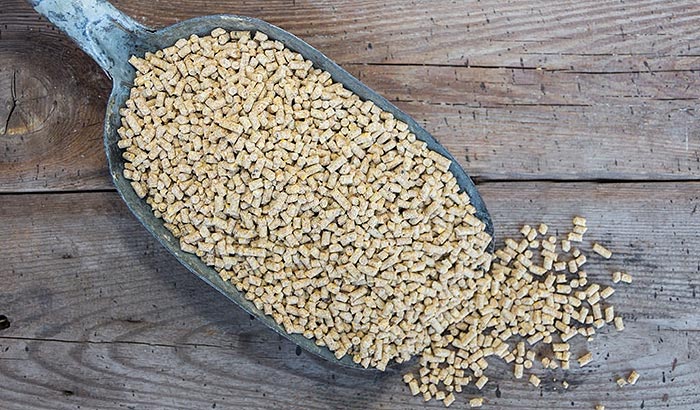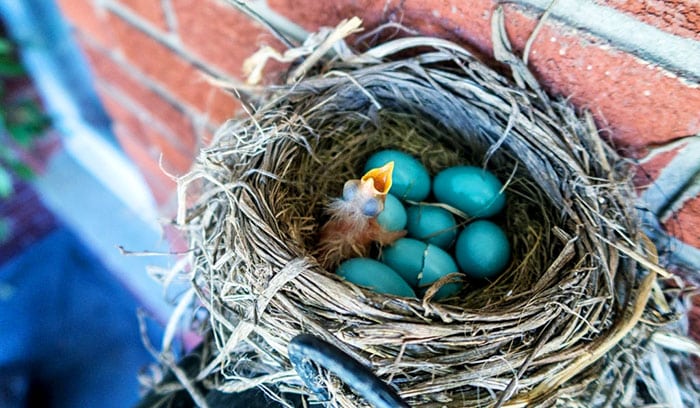If you are a backyard birder or someone with birds at home, there is a great chance that you have experienced taking care of baby birds before. As passionate birders, our instinct when having a baby bird is to feed them and help with their dietary needs.
But do you know how to make baby bird food? If not, this article will let you know the step-by-step guide in preparing a hand-feeding formula for baby birds. Please check the steps below.
What You Will Need:
- 1 kg. Chick Booster (Any Brand)
- ½ kg. Cereal (Any Brand), Preferably vegetables, soya, and rice flavors
- Vitamins and Minerals for Birds (Optional)
Tools You Will Need:
- Blender, Strainer
Additional Note:
Vitamins and mineral sources are optional, but adding them to make a special baby bird food is better. In addition, the ratio of our ingredients is for every 1 kilo of chick booster, you will need half a kilo of cereal. Likewise, you can use one sachet of vitamins and minerals for the birds in making this baby bird food.
Step 1: Blending the Chick Booster
The initial step is to blend the chick booster through a blender to make the powder particle more fine. In doing so, blend the ingredients in smaller quantities. For example, if you use a kilo of chick booster, blend it in small amounts to achieve the best results.
From time to time, you also need to shake the blender to help increase the blend’s effectiveness. You want a more refined chick booster after putting it in the blender, and constantly shaking it while blending can help.
Step 2: Straining the Chick Booster
Once you are finished blending the chick booster, the next step is to strain them. Use a strainer with fine mesh to separate the large particle chick booster to the very tiny and fine powder. Put the blended chick booster into the container and shake it constantly for the fine chick booster to go down the container below.
After straining, it is expected that you will have a very fine chick booster that is more suitable for our baby birds. Those remaining residues on the strainer can also be blended again to convert them into smaller particles. Repeat the same straining process to separate the fine texture from the larger one.
Step 3: Mixing Cereals and Vitamins
After straining the chick booster and getting the fine powder, the next step is to combine it with the other ingredients, the cereals and the vitamins. Put the chick booster in a large container, then put the cereals into the mixture.
Remember our ratio, which is 1 kilo of chick booster to half a kilo of cereal. Once you have already put the two ingredients into the container, mix it thoroughly to achieve the best results. After mixing the two ingredients, put the sachet of vitamins and minerals into the mixture and remix it.
Step 4: Placing the Mixture in a Tight Container
After mixing all the ingredients, you can start putting them in a tight and sealed container. I prefer to use small bottles that are highly sealed as my containers since this baby bird food formula can feed the baby ford for so many days, probably more than a month. So, putting it in a secured and tight container is essential to make it fresh all the time.
Step 5: Preparing the Baby Bird Food Formula for Feeding
After securing the baby bird food formula, the next step to know is how to prepare it when feeding the baby birds. Actually, preparation is very important since you only need to get the right amount of formula and put it in a container.
Then, pour water into the baby bird food formula while mixing it at the same time using a small spoon. Mix it well until you get the much-needed consistency. Once the baby bird food is ready, start hand-feeding it to your baby birds.
Contents
Things to Remember in Making a Baby Bird Food
When making baby bird food, always remember that the nutritional requirements of baby birds an\re totally different from their adult parents. Meaning, those adult birds’ food can hit the baby birds hard if you also give it to them. As the baby bird grows, you can easily adjust their diet to meet the protein requirements that they need every day.
In addition, when giving food to baby birds, you must make sure that it is offered at room temperature. Avoid giving the food when it is heated or refrigerated. In making the food formula, you must make sure to keep the food in proportional size for the bird’s easy consumption. This situation is the reason why we use blenders to refine our ingredients in making baby bird food.
After all, tiny birds need tiny bites, which means you need to crush or cut the food properly so that it will fit the size of the bird’s bite. Crushing the food also reduces the risk of stressing the birds during eating. You also do not need to force the baby birds from eating if they do not like the food.
Lastly, when feeding baby birds, make sure to give food with a spongy consistency for them to consume it easily. Avoid putting it in too much water because they can get suffocated or possibly drown. Likewise, for dry fruits, you need to soften them before feeding baby birds.
Conclusion
Learning how to make baby bird food is essential if you are a bird enthusiast. There will be moments that this skill will be used if you accidentally see baby birds in the wild that need your help. Also, this knowledge is essential if you breed birds in your own home and attract bird by bird food to your garden.


